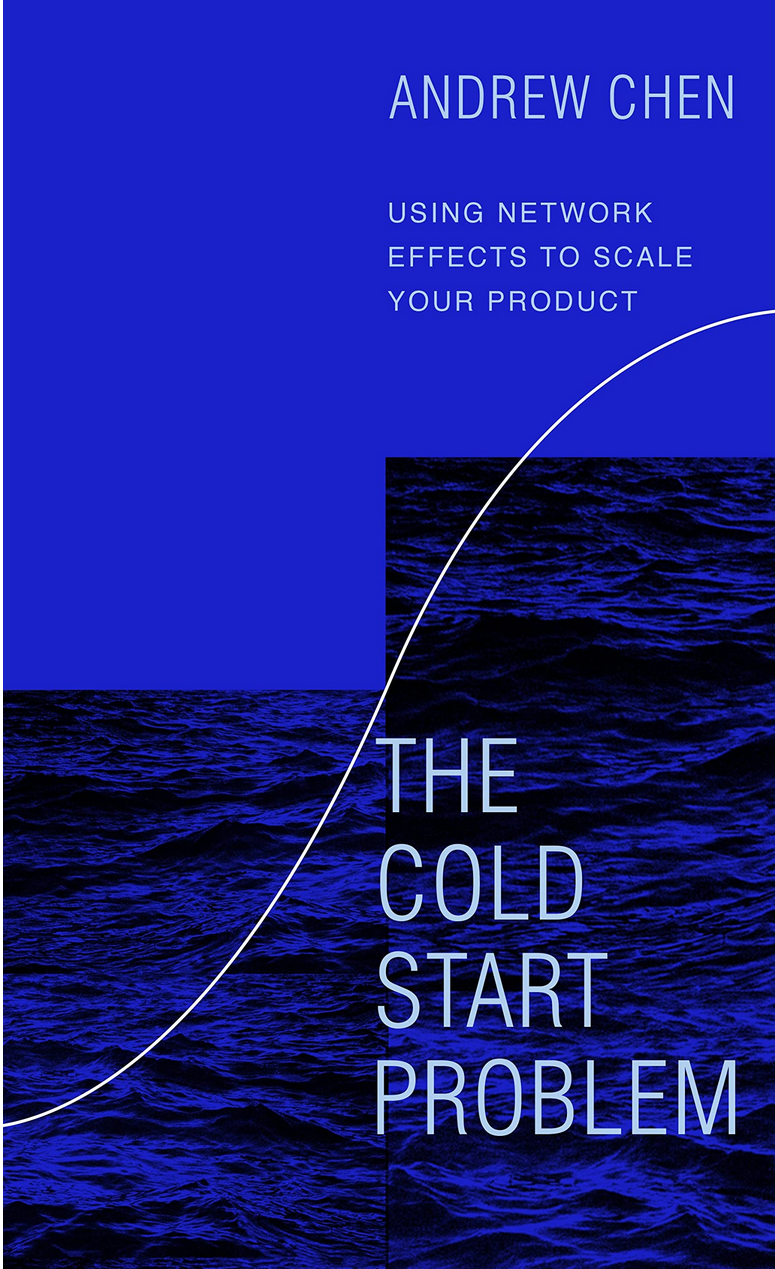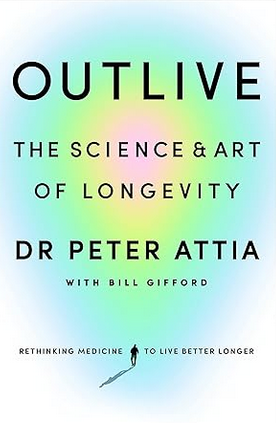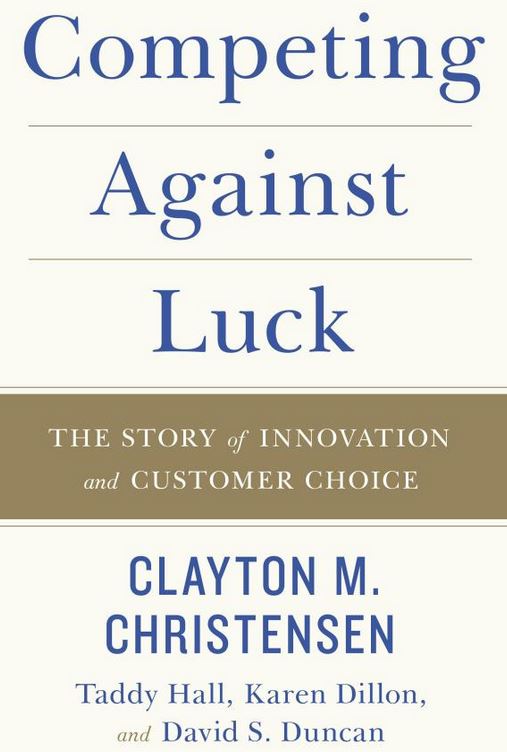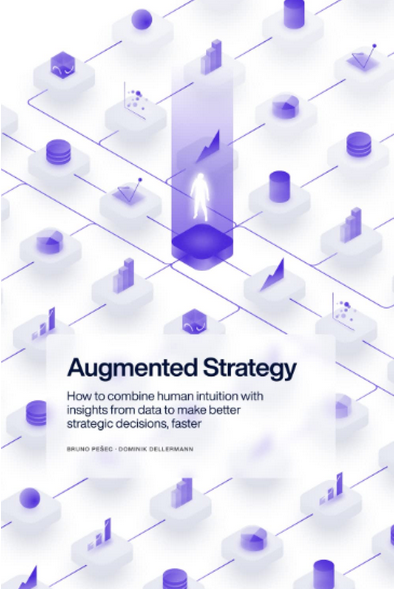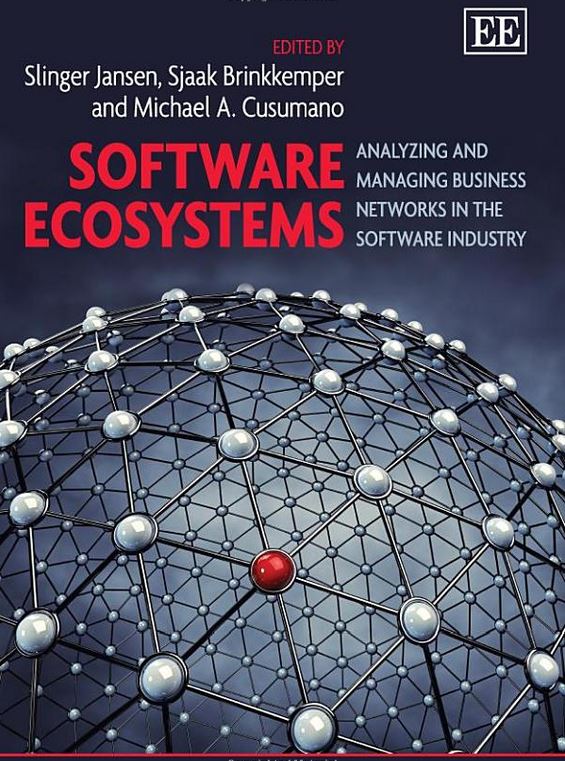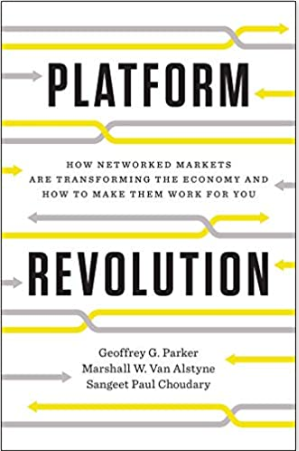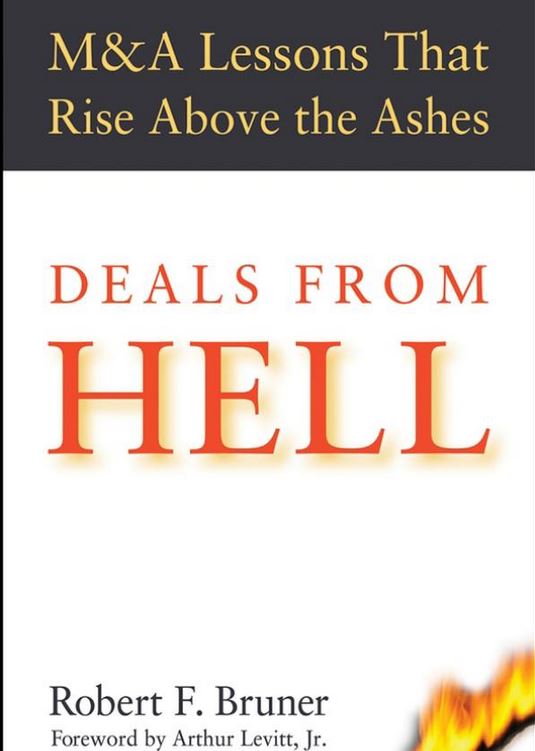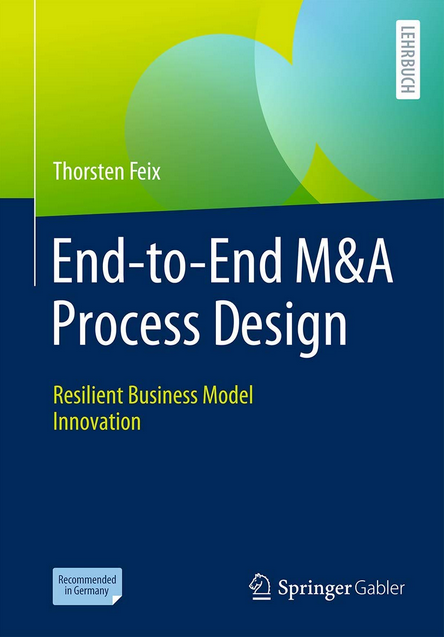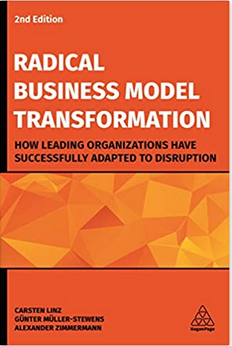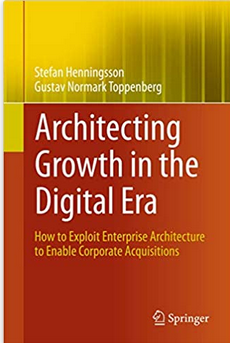M&A automation:Leveraging the domain model to map M&A data rooms, process tools easily
The domain model will consist at least of the following parts:
A data model that shows the data objects that are involved in M&A transactions and processes.
A Hierarchy of tasks in different phases of M&A Processes.
APIs for data objects and tasks.
The domain model is a programmable model. This means it is available electronically and can be navigated and displayed as you wish. It is implemented in a set of Prolog facts and rules.
Here is a first view at the phase Due Diligence. It consists of the tasks Target Due Diligence, Integration Approach Blueprint, Merger Integration Due Diligence, Deal Making and Finalize and Approve Due Diligence Business Case. Each tasks will be documented by its goals, the data objects used and a task description.Each of the data objects will be also represented in JSON notation as well as an API documentation.
Here is an example of the documentation of each task. The task Review Merger Integration Project works on concepts
Integration Project Plan, Integration Budget, Stakeholder, Integration Success, Integration Project, Integration Project Resources.It has the goal (that describes the result):
Integration project: tested and verifiedand the objectives, which describe the qualities of the result:
Integration success: maximized Quality: maximizedIt has the following task description:
We review the structure and behaviour of the merger project. It is important to remember that the word "project" means that we have a professional management of integration by professional project managers who are experienced with complex projects and equipped with the skills of a certified project manager. We should also set up a project steering committee that has comprehensive competencies and can make decisions quickly.The word "project" means that we have a project structure plan with tasks to be performed in the project. Buying companies that make frequent acquisitions have a project structure plan template that they adapt to each of the new merger integration projects. This ensures completeness and also allows a correct assessment of whether we have sufficient resources and whether the resources know what to do in the merger.But we also focus on providing answers to questions like: Do we have the right resources for the integration tasks in mergers? Are the resources able to perform the tasks assigned to them? Do the resources have adequate social skills to guide people and convince them to integrate?This is an excerpt of my new book “Automation of Mergers and Acquisitions“.
CLICK OR SCAN THE QR CODE TO ORDER THE BOOK




